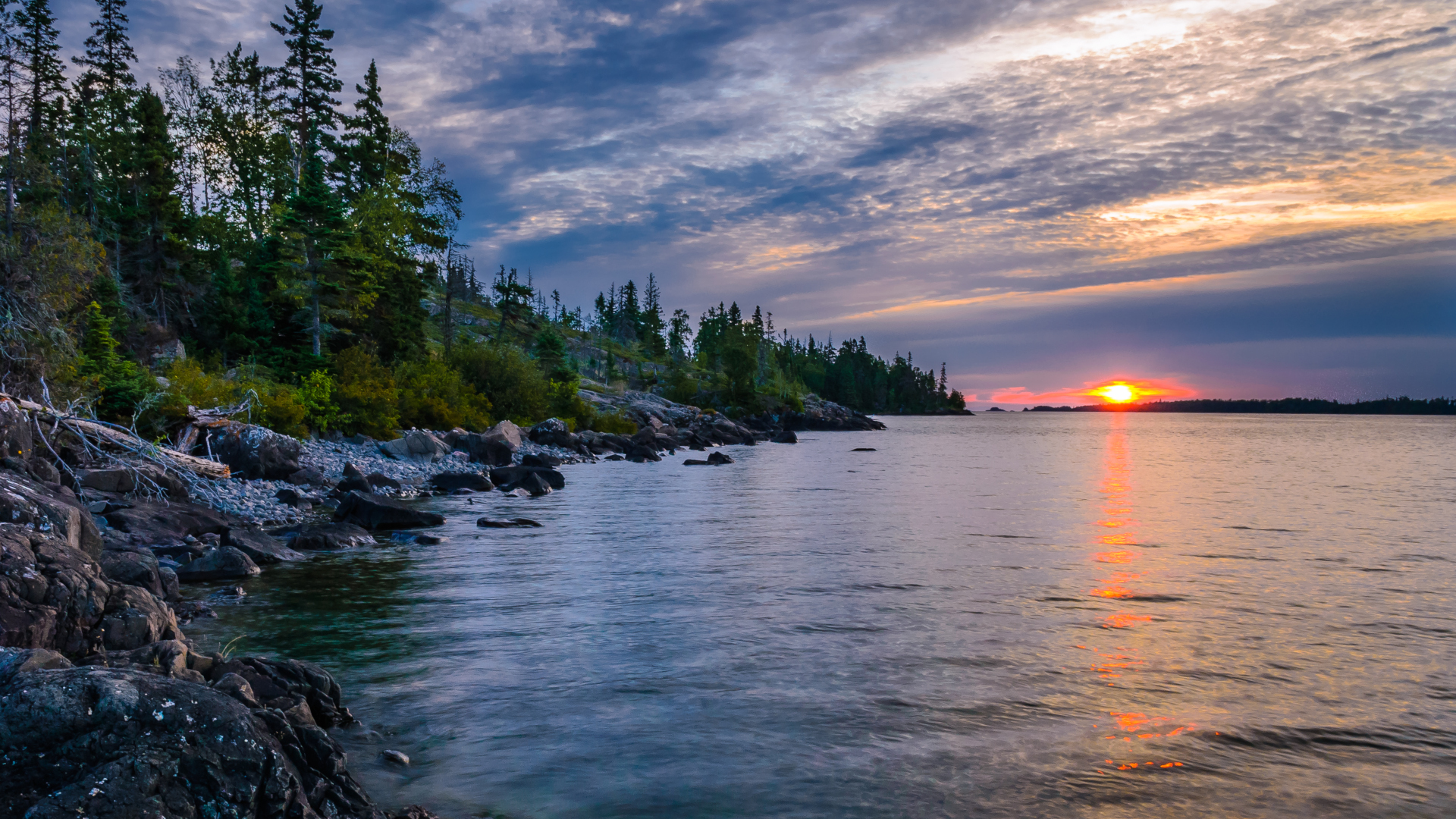Spring camping: here’s how I update my kit for backpacking adventures as the weather gets warmer
With spring in the air, Fiona Russell reveals her list of gear for lightweight camping trips
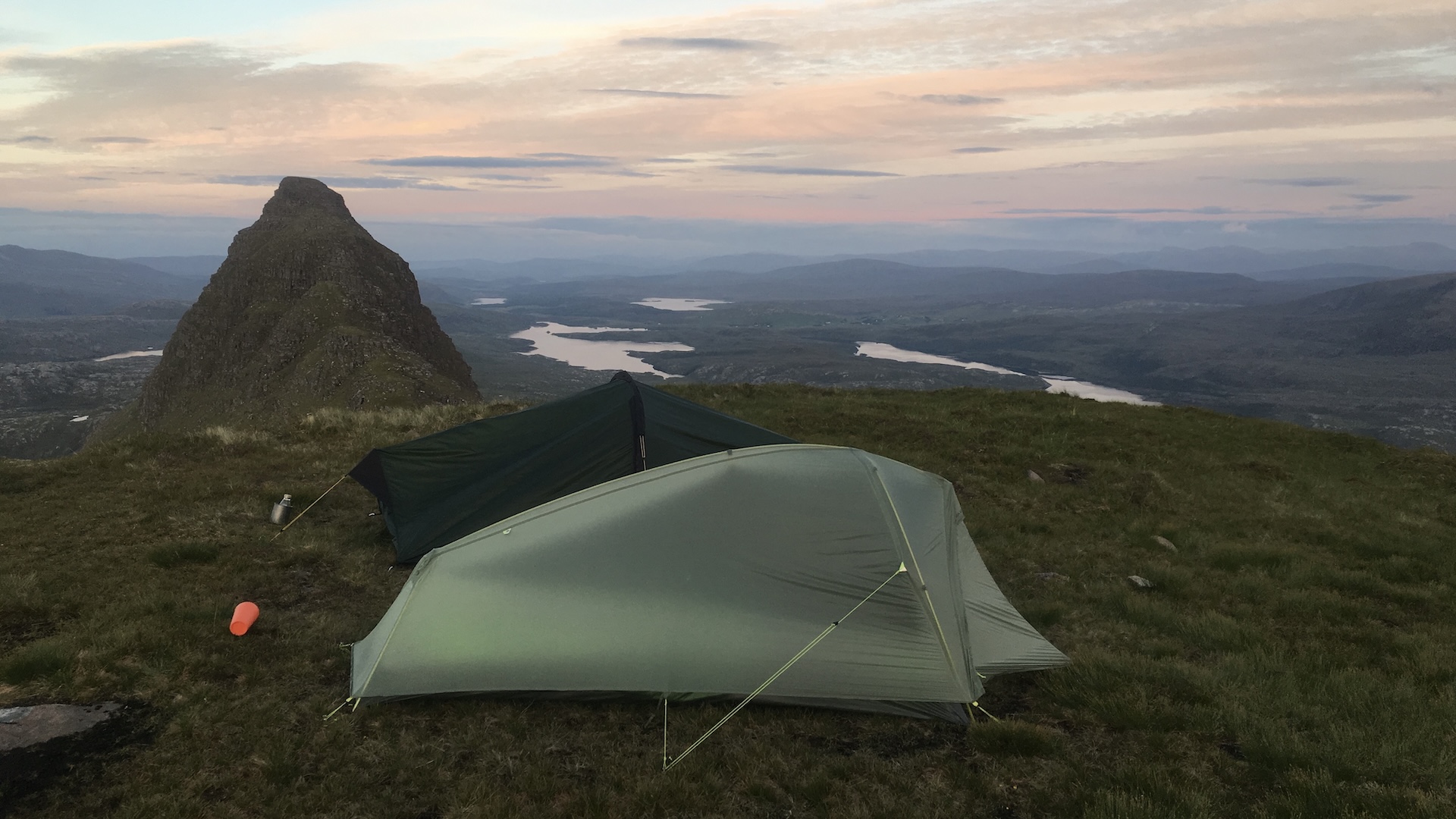
As temperatures begin to rise in early spring, I start making plans for bigger adventures. I love hiking in remote places in Scotland and that often means taking a tent (or bivy sack) and spending a night or two under the stars.
However, while many days in spring-time are warm and sunny, there is still a high chance of cold nights and frosty mornings, as well as the risk of heavy rain and even some snow at higher altitude. Winter is receding, but summer is not yet here, so I will adjust my spring season camping kit accordingly.
The best tip is to “be prepared”. Before going camping, I will check the weather forecast and then make a plan for where to go and what to pack.
What type of camping?
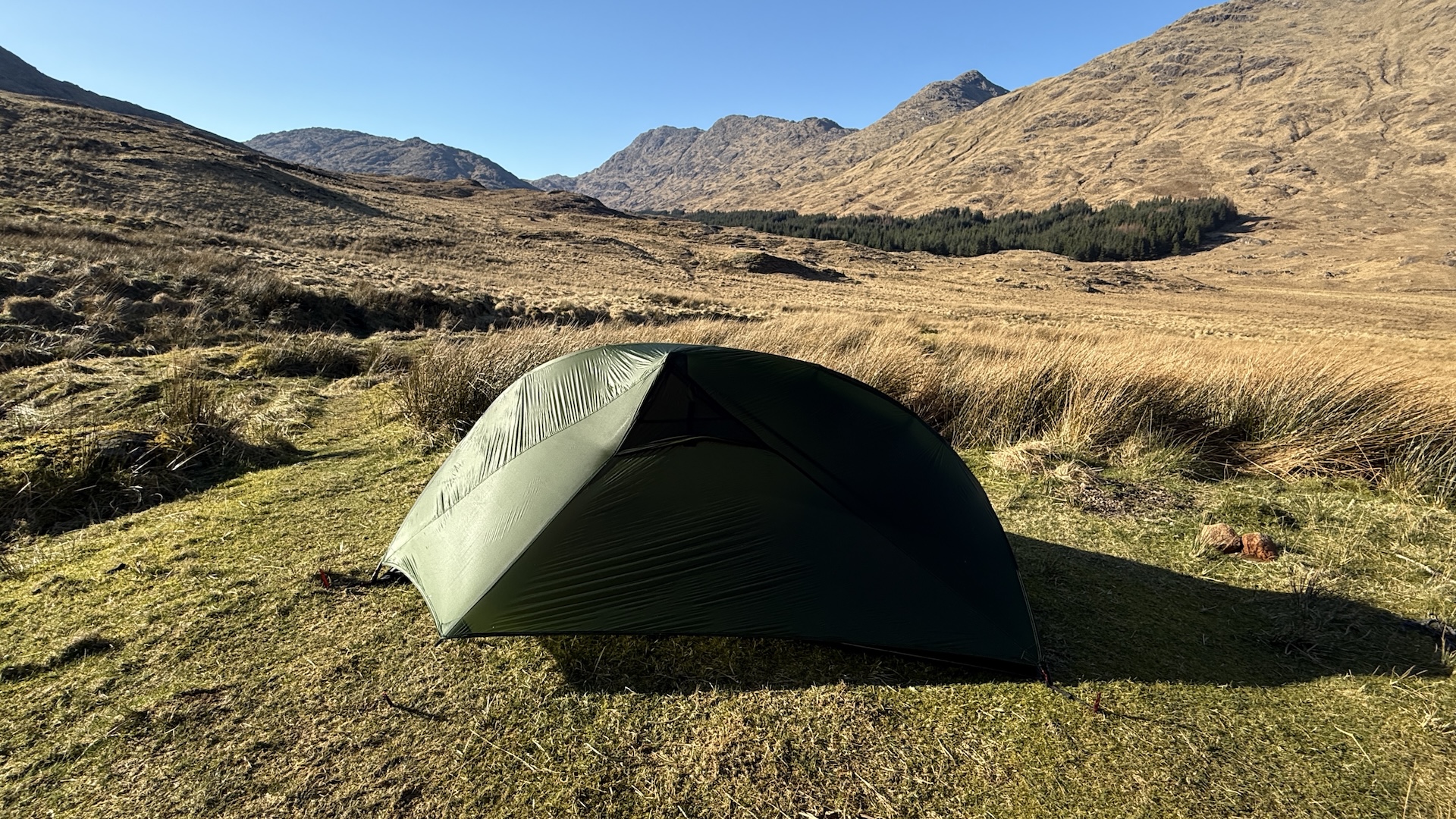
Before I get started with my kit list, let me tell you about the kind of camping I most enjoy. In Scotland, wild camping is permitted according to the Scottish Outdoor Access Code, which has been part of the law in Scotland for 20 years. There are some other countries that allow wild camping, such as in Scandinavia.
It’s camping in wild and remote spots that most appeals to me because it allows me to hike off the beaten track. I also like the tranquility and calming qualities of camping amid natural surroundings.
When spending time in other parts of the UK and Europe, I do enjoy campsite camping in small camping grounds. I appreciate the extra facilities, such as a bathroom and showers.
I am most likely to take the same tent with me, whether I am wild camping or camp-site camping because I want a lightweight tent that fits in my hiking pack.
All the latest inspiration, tips and guides to help you plan your next Advnture!
For the purposes of this article I will focus on lightweight and packable camping trips, rather than camping expeditions where you fill your vehicle with all the kit, then drive to a camping ground and camp with a host of mod-cons.
Kit list for lightweight camping in spring
Here is my list of camping kit for spring:
Tent: Lightweight and packable but also windproof and waterproof (for one or two people).
Sleeping bag: Down is usually my go-to with a good weight-to-warmth ratio (I am a cold sleeper).
Sleeping pad: Lightweight and packable but with a good inflated depth for comfort (I get sore hips on hard ground).
Camping pillow: I like a bit of comfort when I sleep in a tent so I pack a compressible pillow.
Camping stove: Again, I look for lightweight but also practical. I like a quick boil stove and one with an integrated pot.
Spork: I go for simple food and a spork – spoon-fork combo – works well.
Camping mug and plate: Crockery made form non-breakable materials, such as plastic or metal are my first choice.
Multitool: A folding pocket knife or multi-tool is always handy on a camping trip.
Spare clothes: If I am hiking and wild camping I will keep my spare clothes to a minimum to avoid having to carry a heavy pack but I still like extra socks, base layer tights and a top (for sleepwear).
Waterproof shells: Waterproof jacket and pants to keep the wet out and the warmth in.
Headlamp: Having a hands-free headlamp is useful once the sun sets.
Power bank: I want to be able to charge my mobile phone overnight.
Simple toiletries: The basics including moisturizer, a toothbrush, camping trowel etc
Hiking pack: I pack everything in a hiking pack that is around 55 litres. If the pack is too large I will be tempted to take too much with me and that makes my pack too heavy to carry comfortably.
Tent
- Lightweight and packable
- Three-season for weatherproofing your night’s sleep

There is a balance to be found in a tent that is lightweight but also large enough to be practical. It needs to be rated at least three-season if you are camping in spring in the UK, or other locations with unpredictable spring conditions. It’s vital that the tent will keep out the wind and rain.
If I am solo hiking or camping, I choose a one-person tent, such as may current favorite, the Alpkit Ultra 1 tent, weighing just 900g. There is also an Alpkit Soloist 1-person 3-season tent that weighs 1200g. Sometimes I pack a bivy sack, such as the a Rab Trailhead Bivi, if I really want to pare down my pack weight, although this means there is little room for moving about inside when sleeping. You might want to read about the advantages/disadvantages of a one-person tent versus a bivy sack.
If you are heading off for an adventure with two or three people, why not share a tent – and also share the carrying load? Spitting up a tent between sleepers helps to keep each person’s pack to a minimum.
For example, The North Face Trail Lite 2-Person Tent or the three-person Nemo Hornet Osmo ultralight tent are good options.
Sleeping bag
- I prefer down for warmth
- Favourable warmth-to-weight ratio
- Stuff bag to compress bag
- Two-way zip for ventilation adjustment
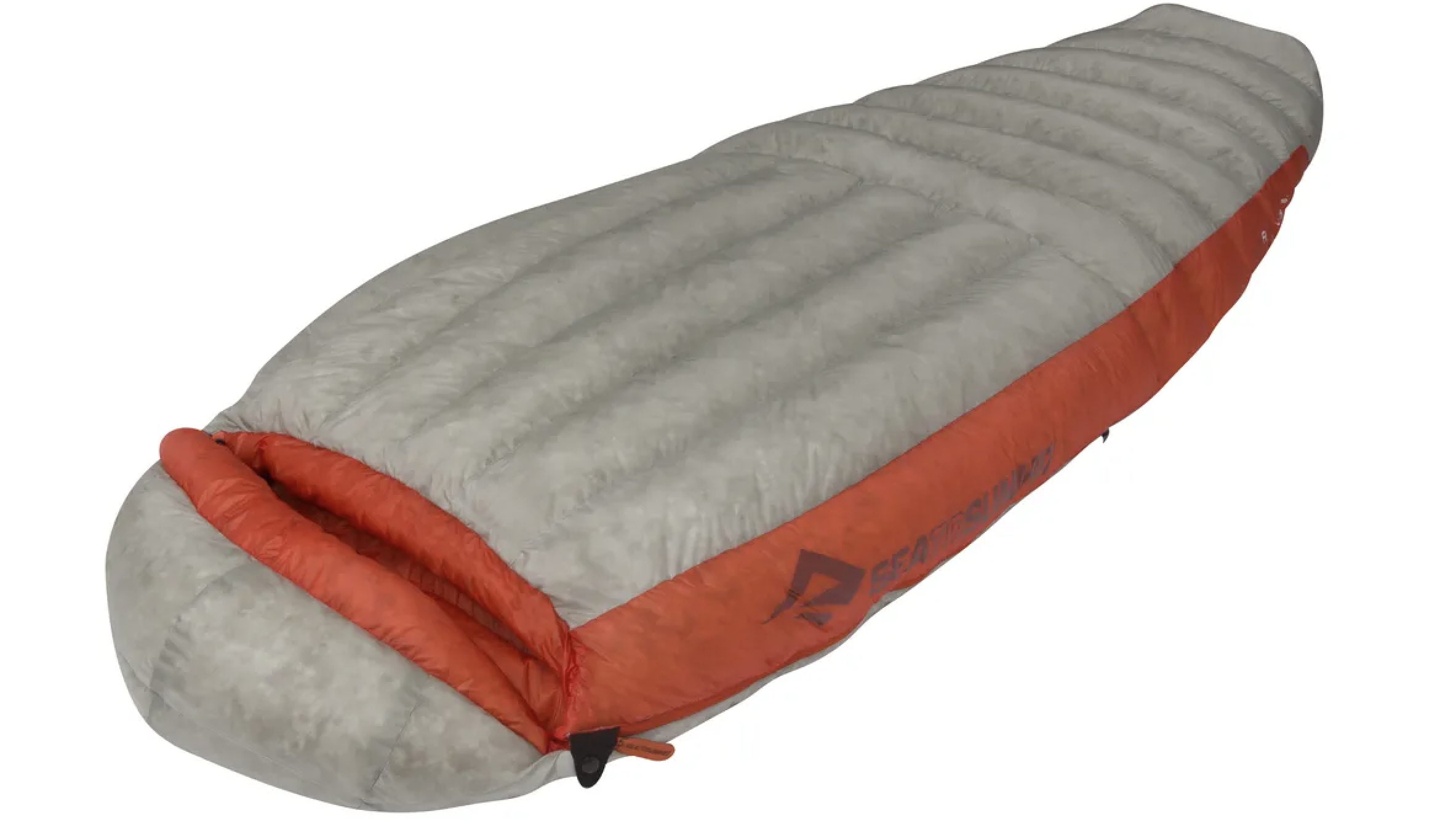
While spring days will often bring warmer temperatures compared to winter, nights can still be cold. It’s a good idea to check the weather forecast before you head off for a camping adventure to make sure you pack the right sleeping bag.
I am a cold sleeper and I will choose my sleeping bag rating accordingly. In spring, I will pack a three-season sleeping bag with a comfort level well below 32°F / 0°C
Again, like the tent, it’s a balance of warmth and weight when deciding which sleeping bag to take for spring camping. There is the down versus synthetic debate but for colder nights I find that down always trumps synthetic fill for warmth.
Down usually packs down to a smaller size, too, and this is aided by a compression bag with straps that allow you to squeeze out as much air from the down as possible. If your sleeping bag doesn't come with a compression bag, it's worth investing in one.
My optimum sleeping bag choice will be a down bag that has a comfort rating well below 32°F but one that also weighs less than 1kg / 2.2lb. However, you do tend to pay more for this favorable ratio. My favored bag is the Mammut Women's Relax Down Bag -2°C with a 700-fill power and weighing less than 2lb (900g). Likewise, the Sea to Summit Spark Ultralight 3 is described by our reviewer as a “Lightweight dream machine” in our best three-season sleeping bag round up.
I also look for other features such as a down-fill hood and neck baffle to trap in warm air while I sleep. A full-length, two-way zip that can be zipped up for warmth, or opened for easy access and venting is another useful detail.
Sleeping pad
- Lightweight and packable
- Check inflated depth for comfort
- Inflating bag
Sleeping on the groundsheet of a tent is possible and will certainly save weight in your camping pack but, for a more comfortable night’s sleep, a sleeping pad is a good idea.
My choice is an inflatable sleeping pad that packs into a small bag and can be filled with air at your camp spot.
I prefer a deep inflated pad because I get sore hips when camping but the thickness choice will be a personal preference. A sleeping pad like the Nemo Tensor Ultralight is lightweight, packable and inflates to a generous 7.6cm thickness. I also highly rate the Rab Ionosphere 5.5 Sleep Mat.
Check that the length and width of the pad will be adequate for your size and shape.
An inflating bag reduces the amount of puff you need because it uses the air naturally collected in a bag to inflate the pad.
One tip, make sure the pad is not made of a material that sounds like a bag of chips being rustled. You won’t sleep through this sound – and nor will your fellow campers.
Camping pillow
- Inflatable or compressible
You might question if I need a pillow on my kit list, especially as I have talked about keeping my backpack lightweight, but the best camping pillows can be the difference between a great night’s sleep and one that is very uncomfortable.
I used to use a small roll-top stuff sack, packed with spare items of clothing as a pillow when wild camping but these days I prefer a compressible camping pillow, such as the Sea to Summit Foamcore model. Inflatable pillows are also fine but compressible usually feels more like a home-style pillow.
Camping stove
- All-in-one integrated stove and pot for easy packing
- Quick boil for practical usability
- Don’t forget the gas canister and lighter
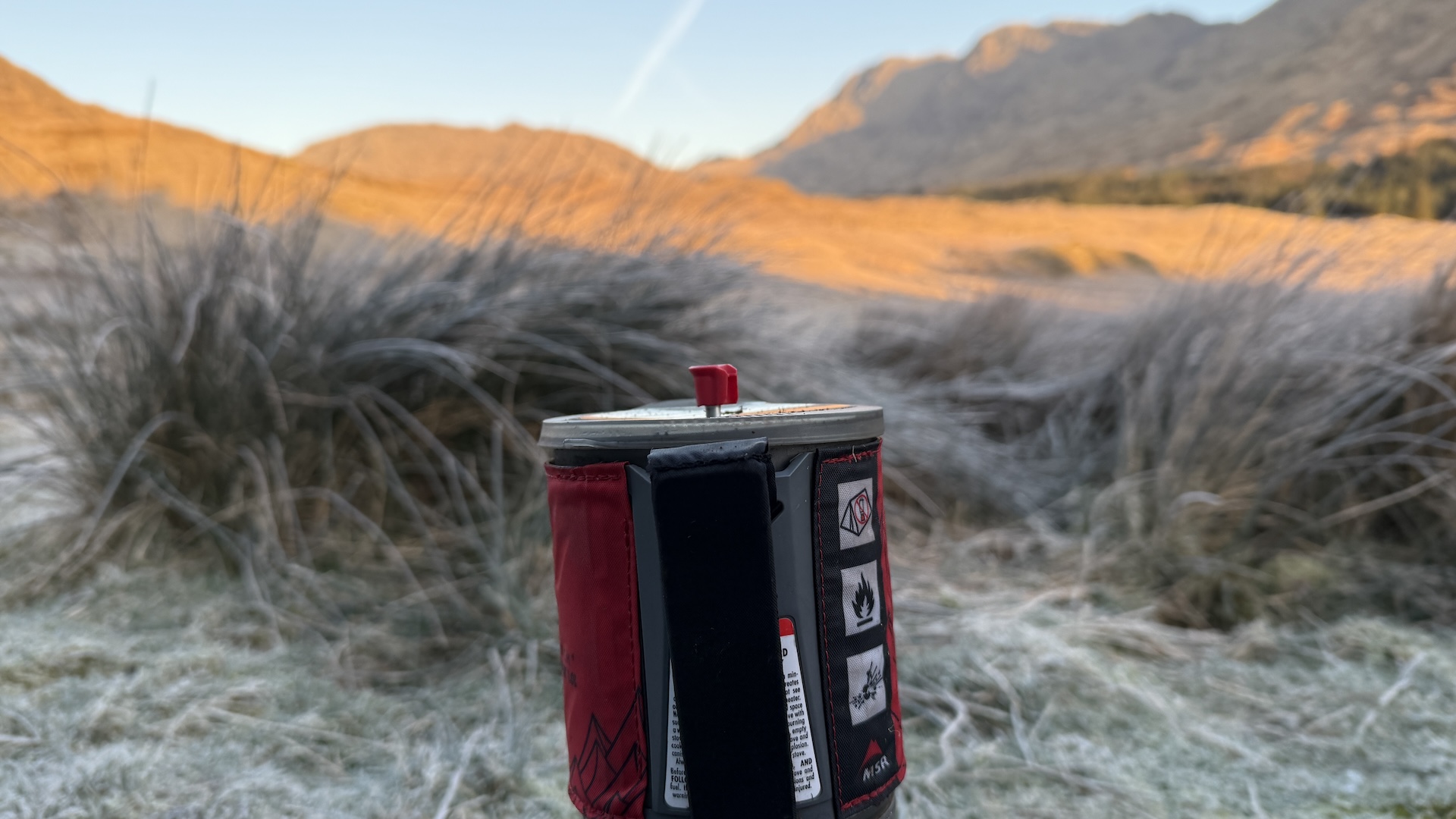
There are different types of camping stoves to choose from – including camping stoves suitable for backpacking and car-to-campsite camping – but my go-to is an all-in-one system with the burner and pot that fit together.
Two popular versions of all-in-one camping stove systems are the Jetboil and MSR WindBurner. Both have pros and cons but the one I choose to take on camping trips is the MSR. I’ve had my MSR Windburner stove for m any years and I find it robust and durable. It also boils water very quickly and I can use the pot as a bowl if I don’t want to take an extra item of crockery with me.
I bought a Windburner pot with a coffee plunger so I can make much-needed breakfast coffee.
Make sure you also pack a small canister of gas and take a lighter.
Spork
- Lightweight
- Versatile
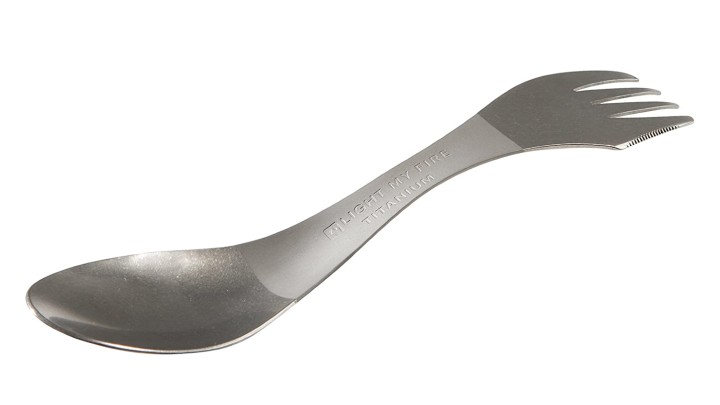
A spork is a spoon and fork combination. My spork is small, made of plastic and lightweight. I use it for making food and drinks and also for eating with,.
Camping mug and plate
- Robust
- Lightweight
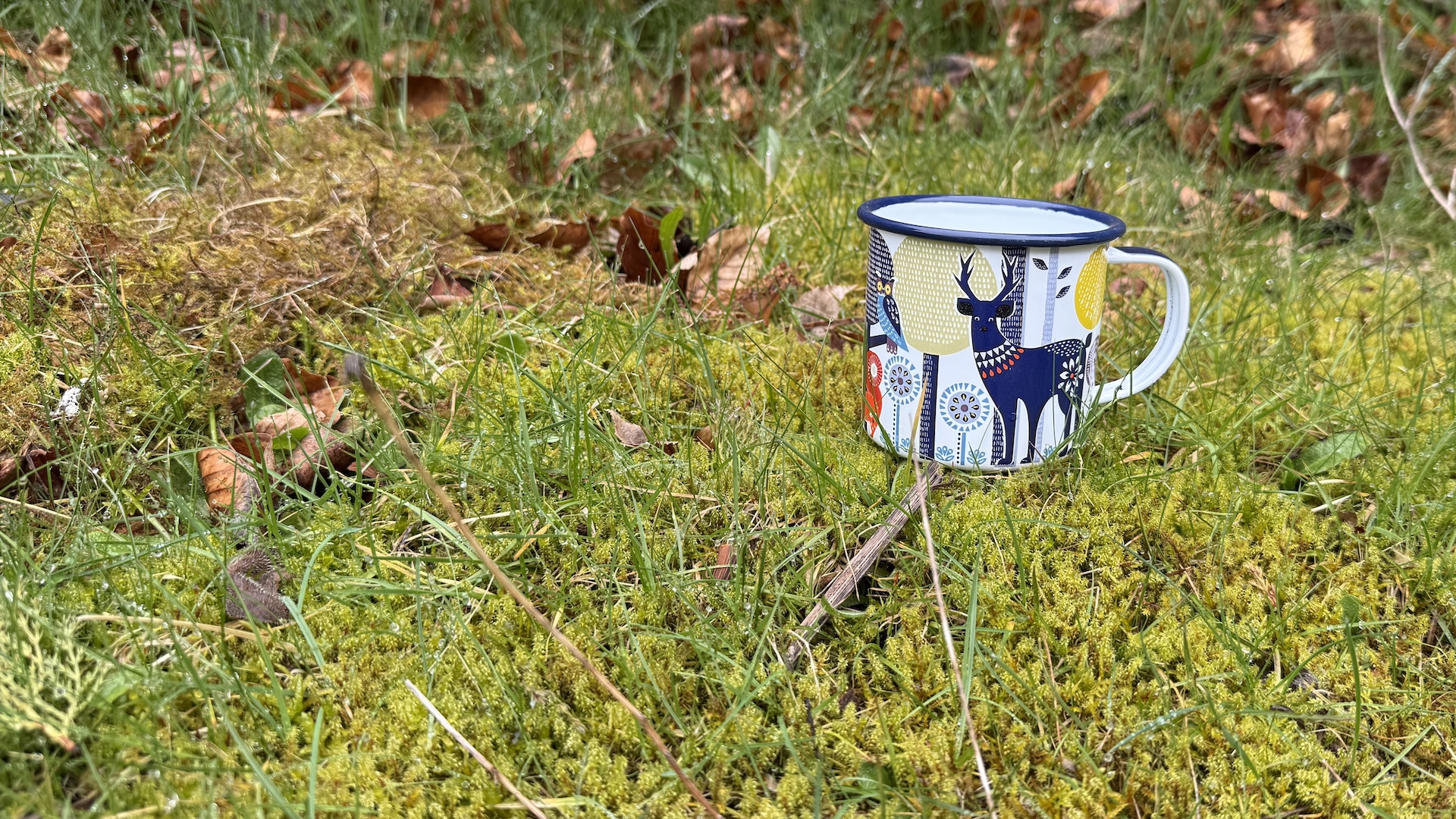
As a minimum I will pack a camping mug made from plastic or metal, although sometimes I might add a bowl as well if I don't want to eat straight from my stove pot.
You want camping crockery that is not going to break during the rough and tumble of outdoors adventuring. If you have the budget a lightweight titanium mug is pricey but very robust.
Multitool
- Small and compact
- Sharp knife
- Other useful features
A camping knife is a very useful item to take on a camping trip although I usually pack a multitool because it has other neat features such as a screwdriver, pliers and a saw.
It’s a “just in case” gadget but I once needed to re-thread laces into a torn eyelet in my hiking boots and my Leatherman multitool was invaluable.
Spare clothes
- Warming extra layers
- Dry base layer
- Change of socks
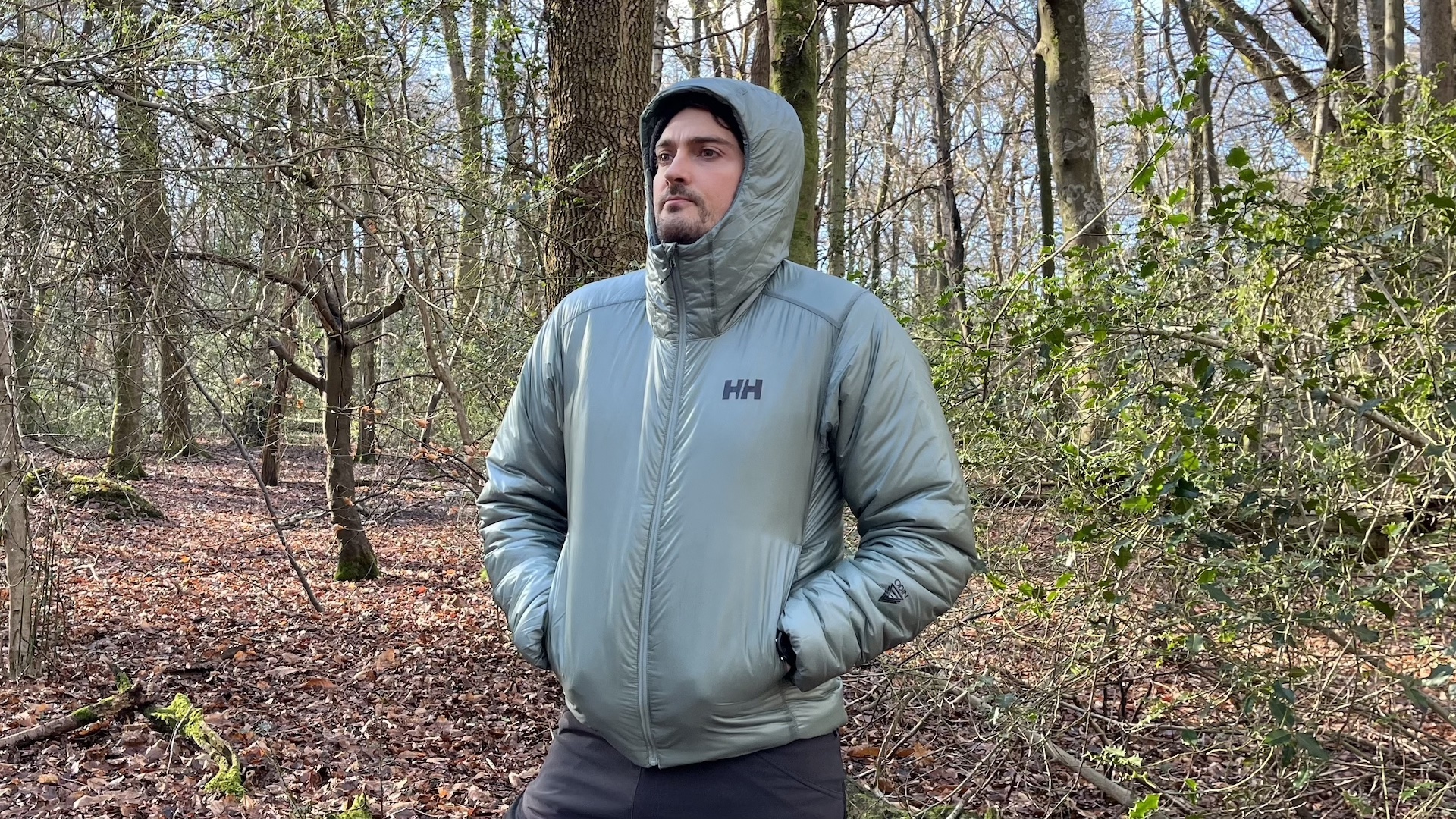
You are likely to face changeable weather on a spring camping trip and the chances are it will be cold in the mornings, evenings and overnight.
As a minimum I pack an extra long-sleeved base layer, tights and an insulated puffer jacket, such as my current favorite, the Helly Hansen Odin Everdown hooded jacket.
I will change into my spare dry clothes and wear them to sleep in. If I feel cold overnight, I put on my insulated jacket as an extra layer of warmth.
I also like to take camping socks, which are loose-fit and warming. Socks that are too tight make my feet cold overnight, so I pack a looser woolly pair.
I will take an extra pair of hiking socks because I do not like putting on wet or damp socks on the second day of hiking.
I have an extra tip, too: take two plastic bags that are large enough to fit over your feet. When you stop hiking in the evening and want to change into dry socks, you can pop the plastic bags over the top and then if you need to wear your hiking boots, which will also be damp or sweaty, you will prevent your dry socks from getting wet.
Waterproof shells
- Waterproof jacket
- Rain pants
- Packable
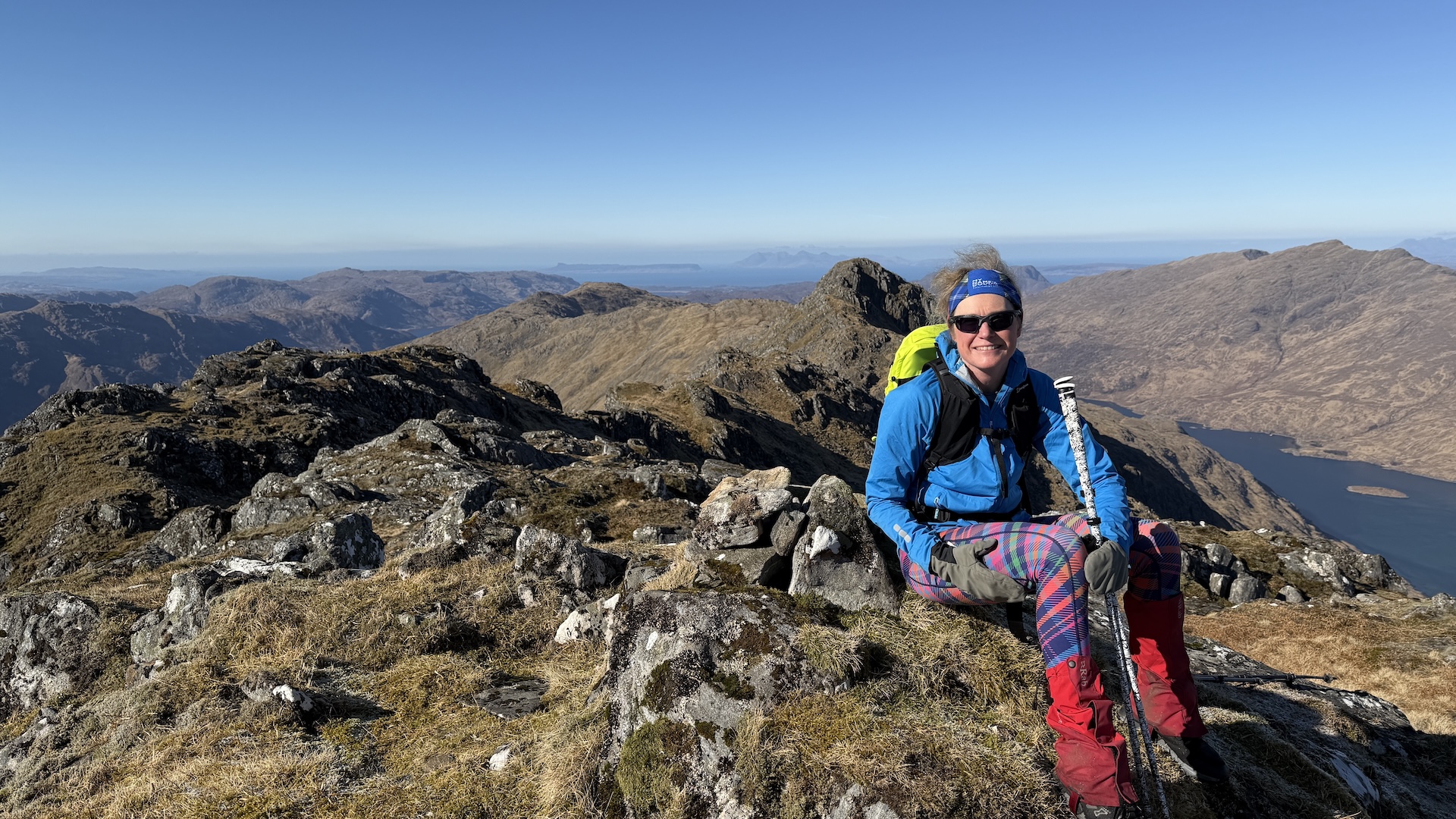
Even if the forecast is for dry weather on your spring camping trip, this is the season when conditions can change suddenly.
A waterproof jacket and rain pants will keep you dry, which means you’ll also maintain a good body temperature. If you get wet or damp while sitting around at your camping spot, you’ll almost inevitably end up chilly.
My current top choices of waterproof jackets include the OMM Kamleika jacket or the Montane Spine Gore-Tex jacket for protection in wind and rain and also for great packability. I also like both of these shells because they are available in bright colors.
Headlamp
- Rechargeable battery
- Comfortable strap
Springtime means more daylight compared to winter but still less than at the height of summer, so I always pack a headlamp for using after the sun goes down.
There are different types of headlamps for hiking, camping and running. I use one headlamp for all these activities – I like the Silva Trail Runner Free headlamp – but you could buy a headlamp that is designed specifically for camping only.
The lumens and beam distance do not need to be as bright and focussed as for a running head torch, which means camping headlamps are generally cheaper.
The headlamp allows you to use both hands while doing camp activities, such as pitching a tent in the dark and cooking
Power bank
- Compact and lightweight
- Rechargeable
- Doubles as a hand warmer
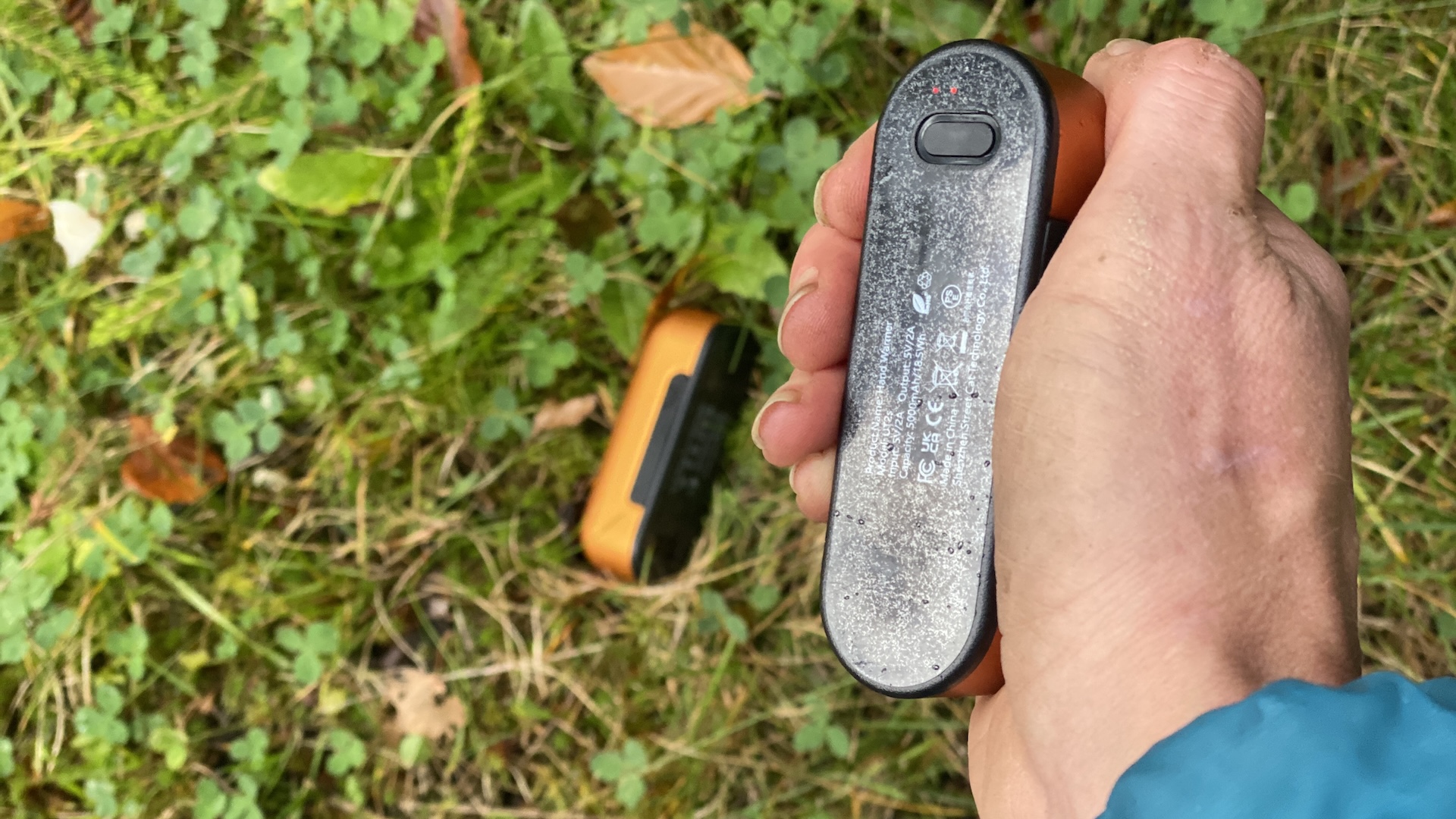
If I am am heading off for a multi-day backpacking trip, I need a way to recharge my smartphone, which means a power bank is a vital item on my spring camping kit list.
I choose lightweight and compact because I normally only need one or two recharges or my phone. Something like this Vango Powerbank is ideal.
Even better, however, is a power bank that also doubles as two hand warmers. I have been really impressed by the Ocoopa UT2s hand warmer and power bank combo.
In fact, on a recent spring camping adventure when I wild camped in a remote glen in north-west Scotland, I used the Ocoopa devices to keep my feet warm overnight when the temperature plummeted much more than forecast.
Simple toiletries – and other essentials
- Every day toiletries
- Anti-bacterial gel or wipes
- Medical items
- Sun screen
- Toilet trowel
- Duct tape
- Phone
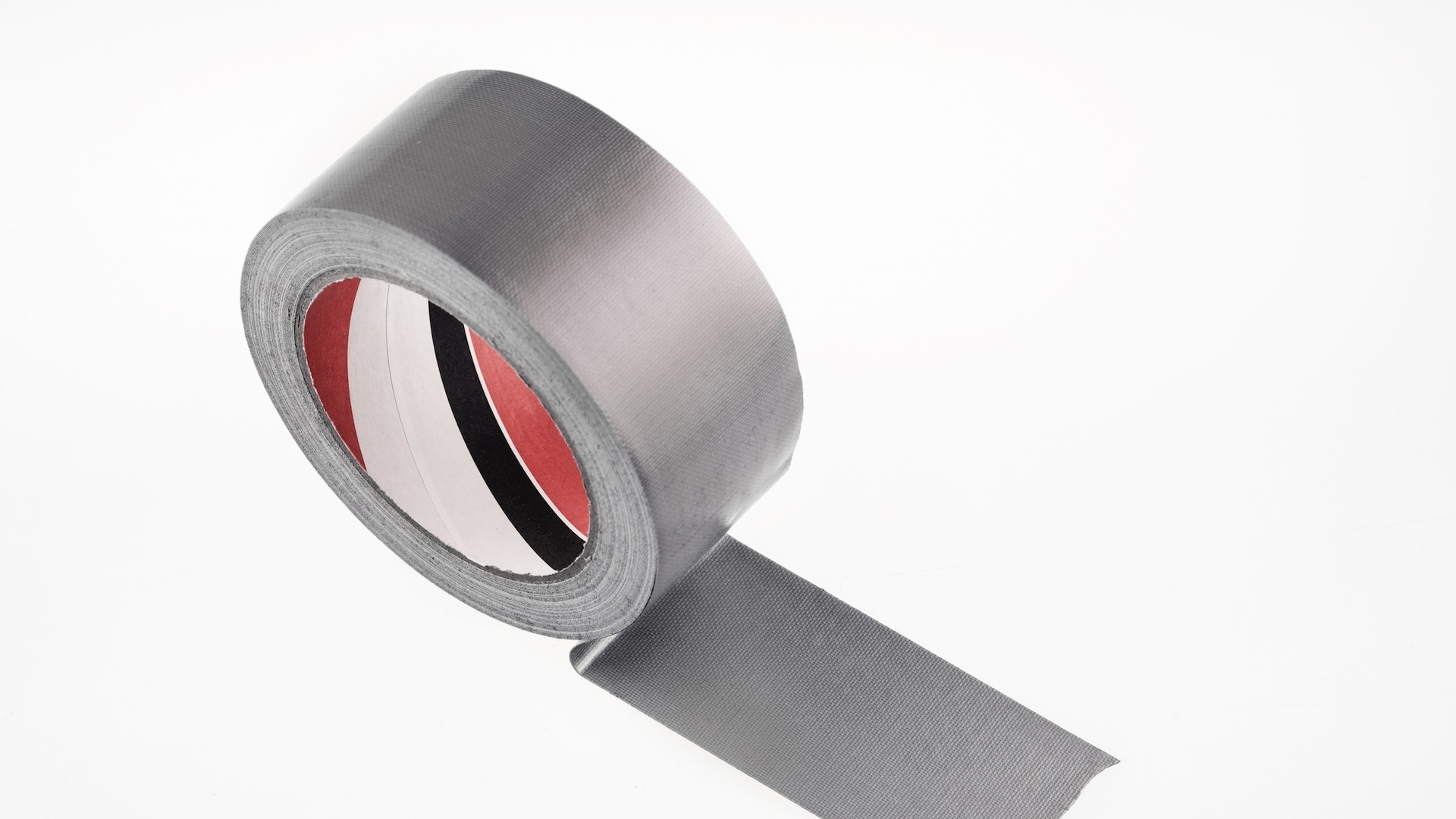
I pack a bag of essential toiletries, including moisturizer, a toothbrush, toothpaste and anti-bacterial gel or wipes for a camping trip. I take the smallest products I can buy, such as those sold for air travel, or I decant everyday products into small pots and bottles.
I add medications, painkillers and blister plasters for emergencies, as well as a some (useful and versatile) duct tape.
It might turn out to be a sunny spring adventure, so I add a high factor sunscreen to my pack.
For toileting essentials while wild camping, you'll also need a trowel. Most outdoor retailers sell a camping trowel but make sure it is small, packable and robust.
Of course, I also take my phone with me on all camping trips. It allows me to take photos, access a navigation app, stay in touch with family and, if it's an emergency, contact the appropriate services by satellite communication.
Hiking pack
- Enough volume for spring hiking and camping kit
- Female-specific design
- Useful storage pockets
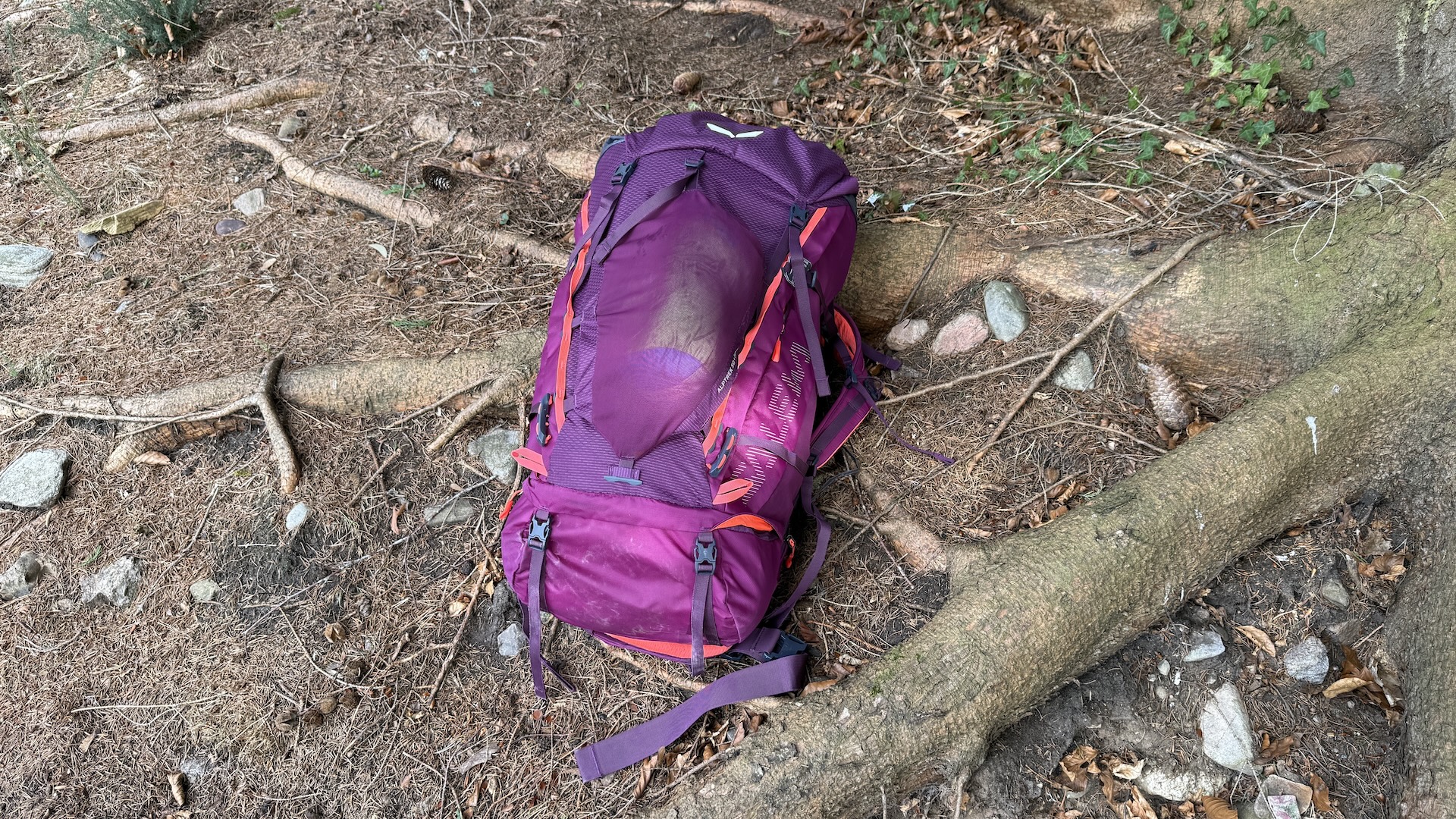
There are different types of hiking backpacks to suit different adventures. Ideally, for a spring camping trip I choose a 55-liter backpack. I want it to be roomy enough for all my gear but not so large that I over-pack. If there is extra volume, it can be tempting to add more items that you don’t really need.
I choose a backpack with a female-specific design for the best comfort and my current favorite is the Salewa Alptrek 50+10 Women’s pack, or the Osprey Kyte 48 (if I am carrying only one night’s worth of camping kit).
It is useful to have plenty of pockets and separated areas in the pack for optimum organisation. I like to keep items I'll be using a lot in outer zipped pockets and overnight kit tucked away inside the pack.
I also use storage sacks for compressing clothing and my sleeping bag into a smaller volume. Having items stashed in different colored bags allows me to know where everything is (if I can remember my color-coding system!)
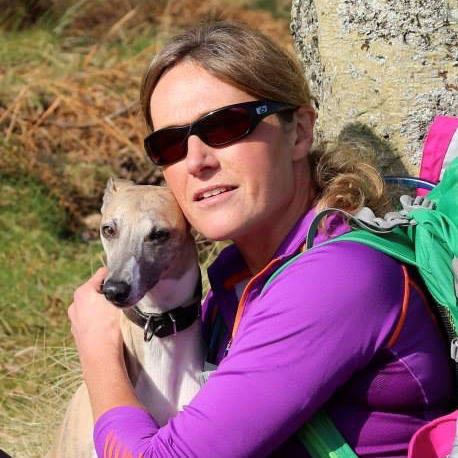
Fiona Russell is a widely published adventure journalist and blogger, better known as Fiona Outdoors. She is based in Scotland and is an all-round outdoors enthusiast with favorite activities including trail running, mountain walking, mountain biking, road cycling, triathlon and skiing (both downhill and backcountry). Aside from her own adventures, Fiona's biggest aim is to inspire others to enjoy getting outside and exploring, especially through her writing. She is also rarely seen without a running skort! Find out more at Fiona Outdoors.
